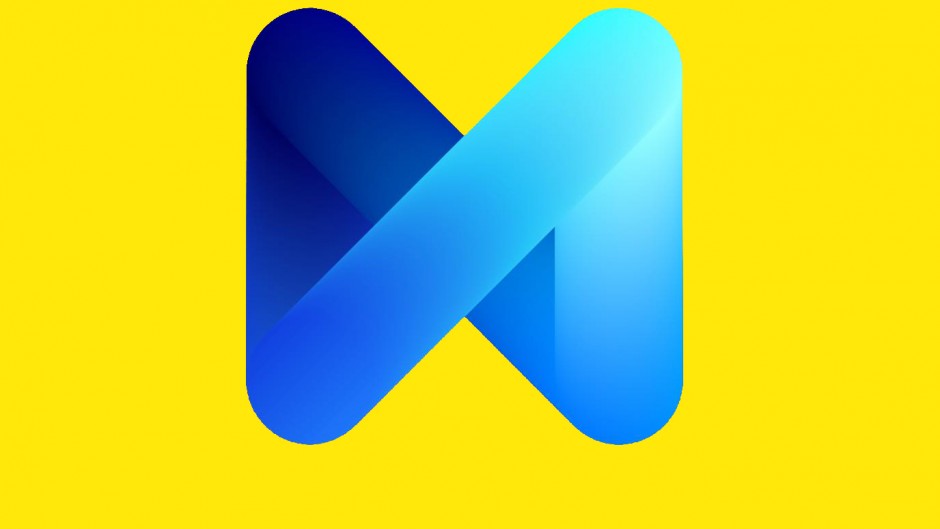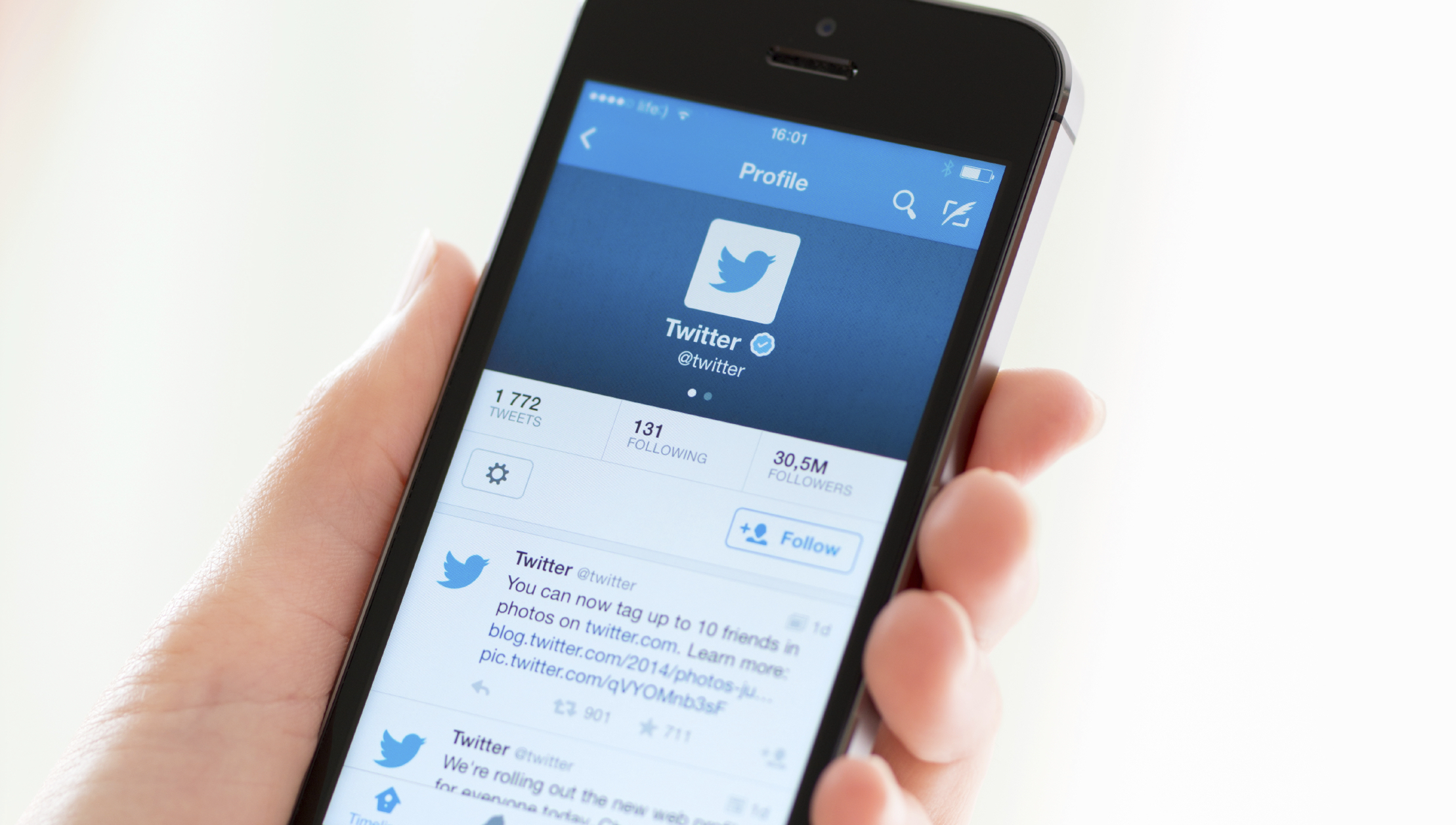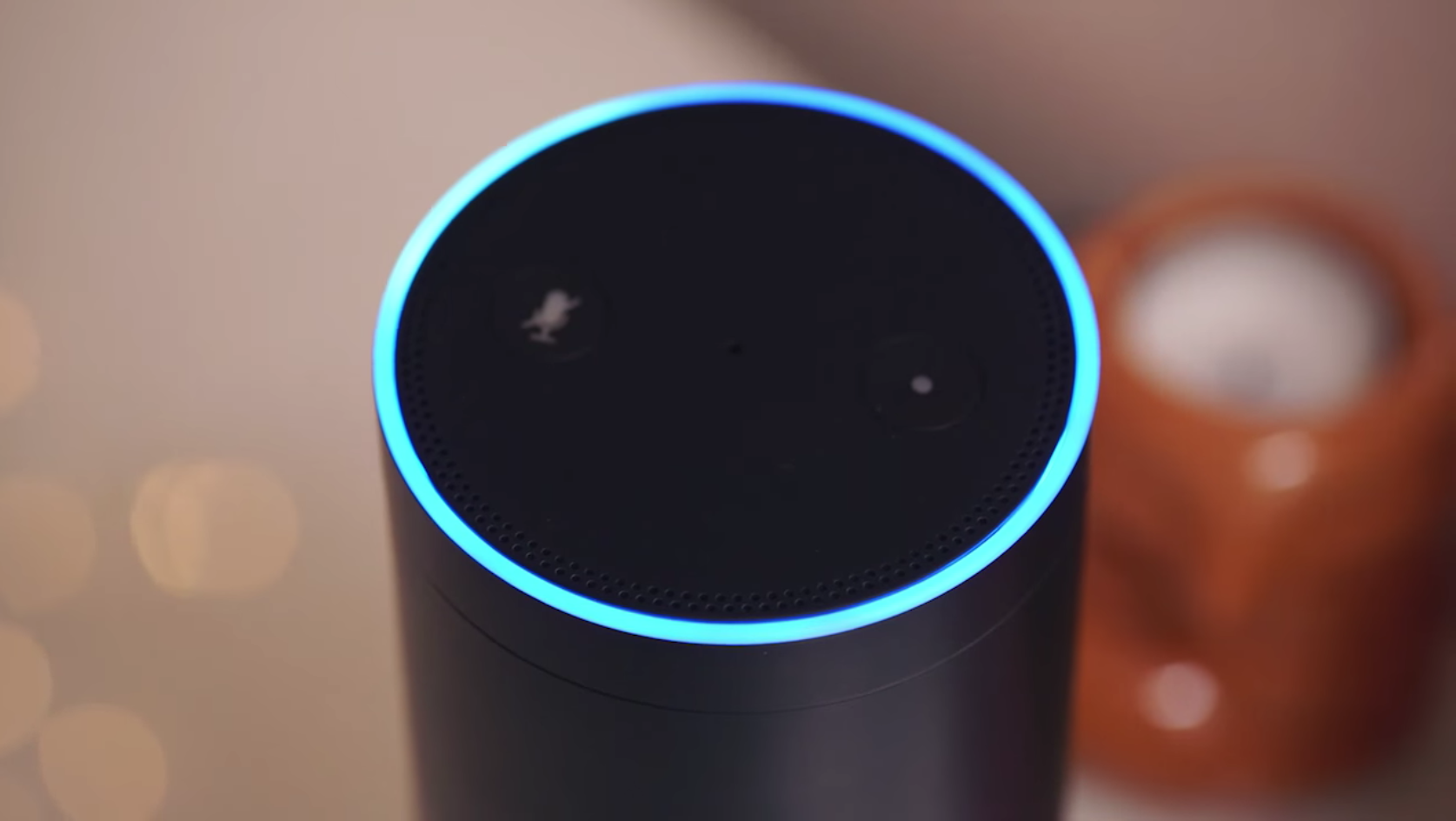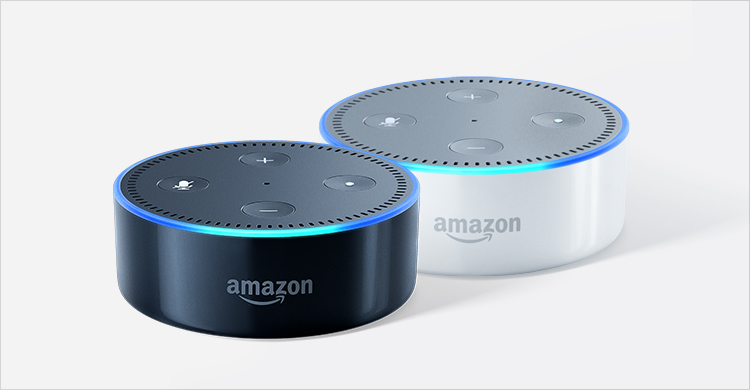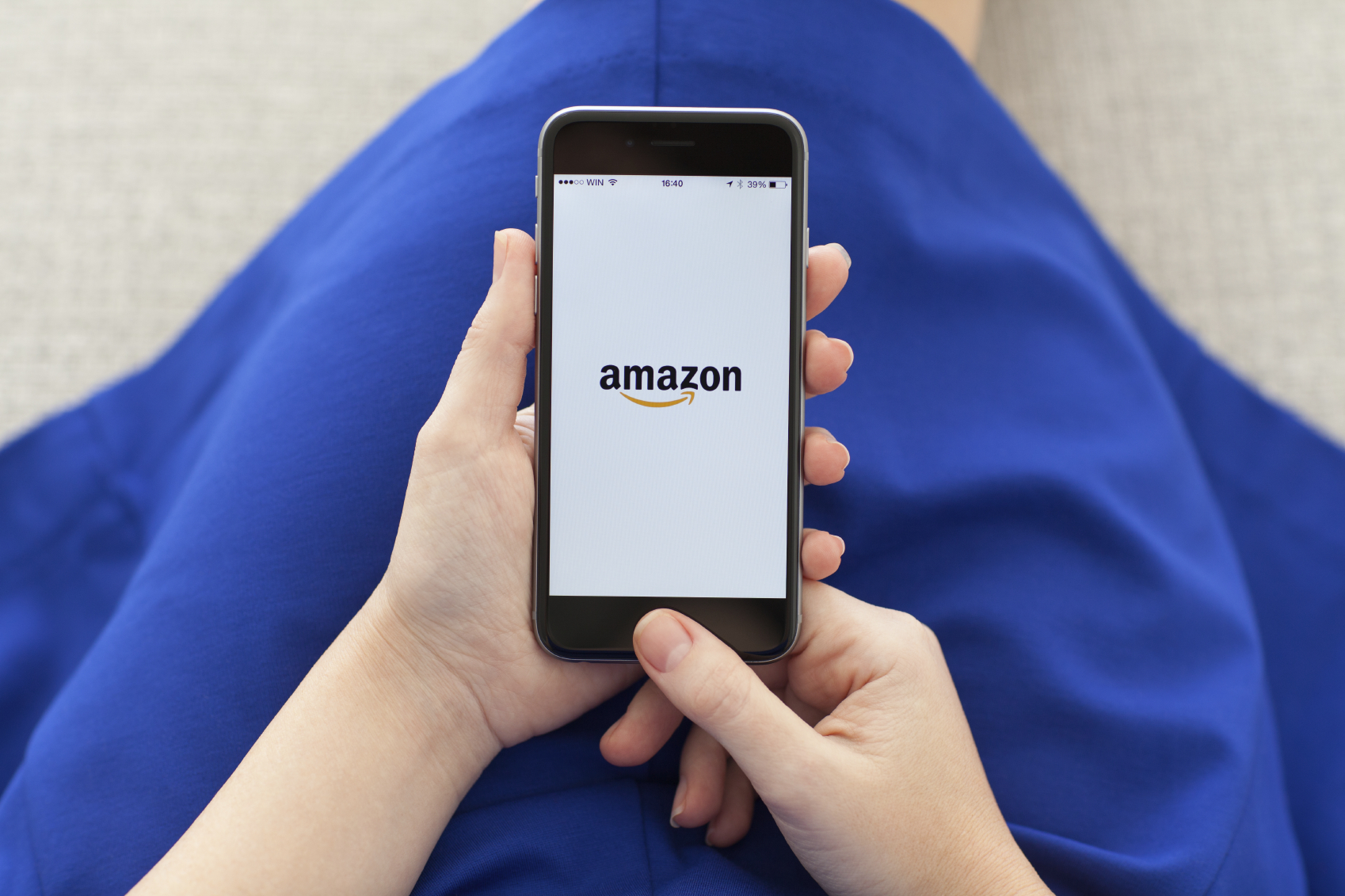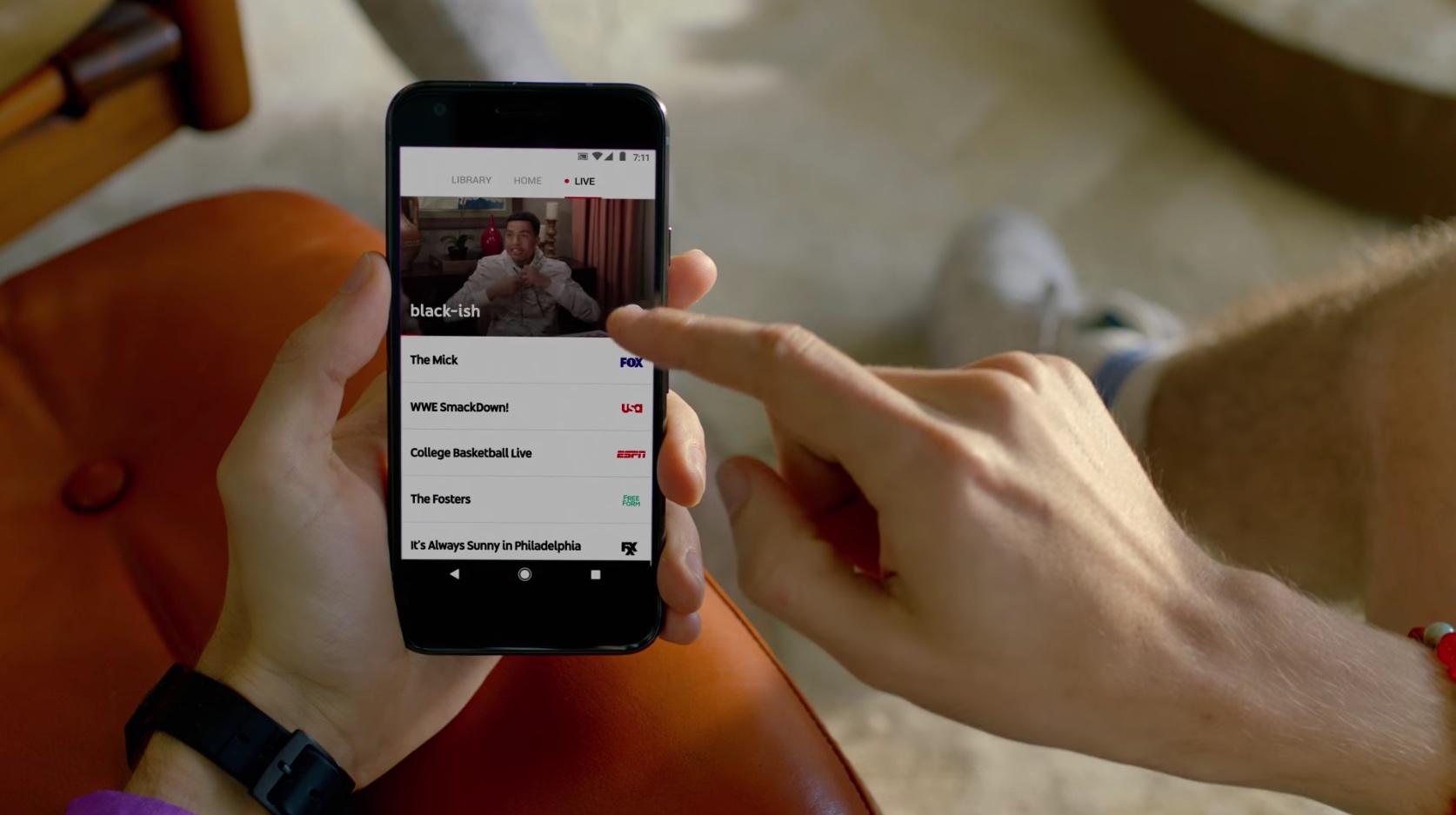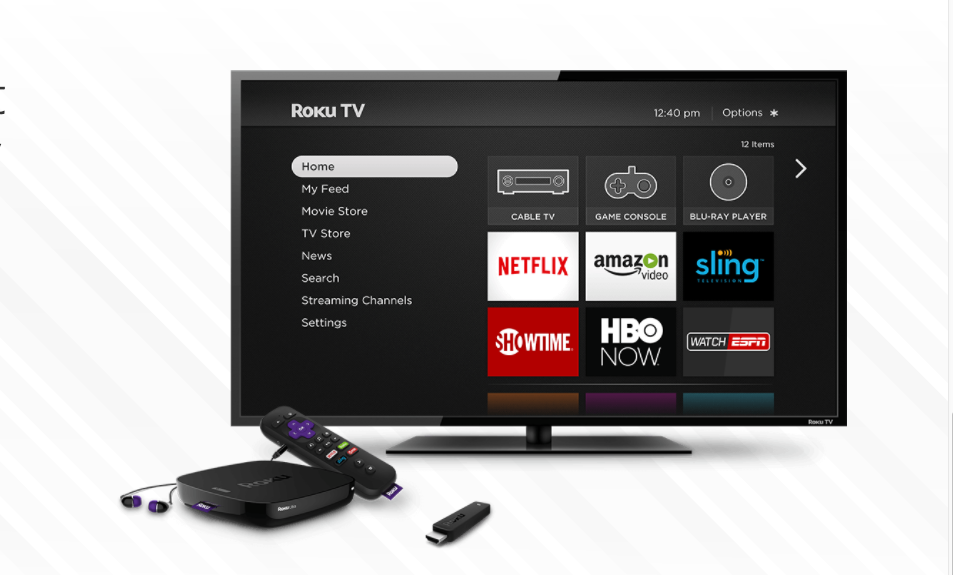What Happened
Facebook’s AI-powered chat assistant M is finally ready to meet the public, just in time for its upcoming annual F8 developer conference. M will analyze your messages in the Facebook Messenger app to understand your intent and, when applicable, will pop up into chats to make suggestions or complete tasks on your behalf, such as calling an Uber or setting a reminder, based on the context of the conversations. Facebook has started rolling out M to iOS and Android users in the US, with a broader expansion around the globe in the coming months. Facebook first announced the AI assistant service in September 2015 but only started testing it in a limited capacity since last December.
What Brands Need To Do
The arrival of M on Messenger marks an important milestone in Facebook’s development of a conversational assistant service that can help it stay in competition with rivals such as Amazon’s Alexa or Apple’s Siri. Having a contextually aware smart assistant on standby would certainly bares huge potential in making Facebook’s messaging apps more brand-friendly, but for now, Facebook is taking a decidedly neutral approach to designing M with little room for brand integrations as of now. Nevertheless, the deployment of M still marks Facebook’s determination of building Messenger as a platform that brands of all types could benefit greatly from. And it is time to start expanding your customer service from phone call-based to include text-based messaging, reaching consumers on the platforms they already use.
How We Can Help
The Lab has extensive knowledge about reaching consumers on mobile messaging apps and building branded chatbots. The new NiroBot we build in collaboration with Ansible for Kia delivers comprehensive product information about the all-new Niro model via friendly chats. We’ve also built a dedicated conversational practice called Dialogue to help brands build a conversational customer experience, supercharged by our stack of technology partners with best-in-class solutions and an insights engine that extracts business intelligence from conversational data.
If you’d like to learn more about how to effectively reach consumers on conversational interfaces, or to leverage the Lab’s expertise to take on related client opportunities within the IPG Mediabrands, please contact our Client Services Director Samantha Barrett ([email protected]) to schedule a visit to the Lab.
Source: The Verge
